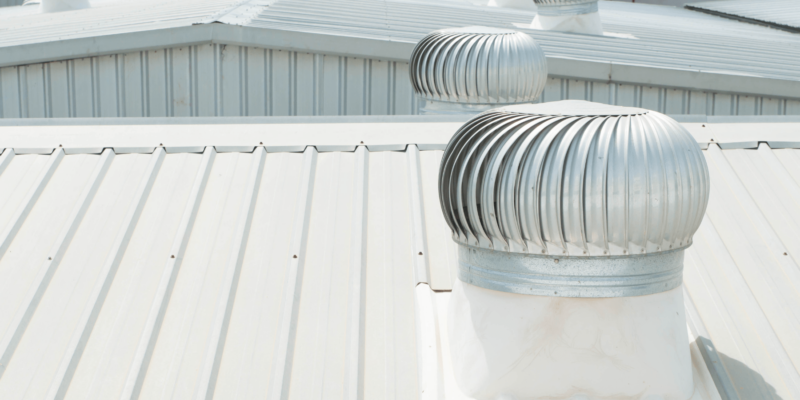Roof ventilation allows your roof to “breathe.” During hot weather, the sun heats up the roof. Without proper ventilation, this trapped heat can lead to issues like mold growth and uncomfortable indoor temperatures.
In cold weather, heated air can transfer to the roof, melting snow and creating a risk of ice dams. Moisture buildup can also occur, potentially causing mold growth and water damage.
Roof ventilation involves a system of vents that allow air circulation. Fresh air enters through vents near the soffits, while hot air escapes through exhaust vents. This steady airflow helps regulate temperatures and prevents moisture-related problems.
Remember, a well-ventilated roof is like a natural air conditioner!

